15 Free Alternatives to SumoMe’s Software Suite
Published by Drew Hendricks • Resources • Posted July 6, 2016 ContentPowered.com
ContentPowered.com
SumoMe is a suite of apps that serve a bunch of different purposes for marketing, business growth, and all-around benefit to your brand. They have a list builder, heatmaps, sharing, discovery tools, analytics, conversion optimization, a scroll-triggered CTA, image sharing, a smart bar for email signups, content highlighting, contact forms, and more. Many of these apps are visible around the web, and you might not even recognize them, they’re that ubiquitous and seamless in the modern browsing experience.
Pricing ranges from a free selection to $120 per month or more, depending on what you want, how you want to use it, and whether or not you want to pay for it to be whitelabel. Whether you don’t want to pay for that feature, or you just want something other than their company, you can find alternatives for all of their features. Here are 15 of the ones I consider at the least equivalent, if not better in some respects.
1. List Builder Alternative: Exit Intent Scripts
The SumoMe list builder app is simply an exit intent script that you install. It pops up when the user makes an action that causes the window to lose focus or make it look like they’re going to exit the tab or window. It interrupts user actions with a change to the site, usually with a customizable call to action to join a mailing list.
You can set this kind of script up yourself very easily. All you need to do is install a script, or make one of your own. If you’re willing to use JavaScript, this script should work. If you prefer to use jQuery, you can use this one. There are also a number of free WordPress plugins you can use for that CMS as well.
2. Heatmap Alternative: HotJar
Heatmaps are a way of tracking user interaction with your site. The SumoMe heatmap is a precise element-tracking click monitor, that shows your user clicks in real time. It’s very precise, but doesn’t do much more than just track clicks.
HotJar is one of two alternatives I’m posting about on this list. It’s not great for everyone; it has a limit of 2,000 pageviews per day for what it tracks, and it only allows you to track up to three funnels, surveys, or polls with up to 300 recordings. Data is stored for 3 months. You can pay to increase all of those limits, of course, but then it’s not a free, tool, is it? On the plus side, the higher tier versions are relatively reasonably priced.
3. Heatmap Alternative: Heatmap.me
I’m including two different heatmap scripts on this list because they work in different ways, with different limitations. It’s an unfortunate fact that heatmaps are complex enough from the data tracking and analytics side of things that no truly free, limitless heatmap exists.
Heatmap.me has a free version that works up to a million pageviews per month, gives you realtime statistics, and tracks clicks just like SumoMe. So what’s the problem? Why isn’t it the only option on the list? The trick is that it only works on up to 5 pages on your site. You can change those pages, but you’re limited to five at any given time. This can be pretty restrictive if you’re split-testing a lot of options.
SumoMe has some very popular social sharing buttons, but they’re only popular for two reasons. The first is that they’re fast to load, which some sharing plugins are not. The second is because so many people use SumoMe for other reasons that they might as well keep it “all in the family” so to speak. They don’t look for an alternative because it’s easier to use what’s right there in front of them.
AddThis is one such alternative, out of many, many options. It’s excellent because, in addition to being free, it has more than just a social sharing sidebar. It also has traditional follow buttons, image sharing buttons, content recommendations, and more. You can pick through different styles of button, customize the sidebar, and make the whole thing fit on your site perfectly.
I include this second option because it’s incredibly quick and easy to generate customized plugin code for your buttons. They have styles, embellishments, positioning, layouts, optional counters, and a whole lot more available right on the page. You don’t have to dig through configurations or go through procedural menus to customize them, and there’s no code tweaks to make manually.
Plus, Shareaholic covers dozens of social networks, far more than what SumoMe or even AddThis cover. All of the big names are covered, but so too are smaller networks or older networks like Fark, We Heart It, and even Bit.ly. If you’re using an exotic network or just want the option for those few users you might have, by all means, pick up this plugin for your site.
6. Discover Alternative: LinkWithin
SumoMe Discover is a content discovery engine that powers related posts both on your own site, and on other SumoMe-enabled sites, running as part of their own content network akin to something like Taboola. Native advertising at its finest here, folks. If you’re not paying attention, you might click through to another site without ever noticing. They run it on a credits system; when people click on the boxes on your site to other sites, you earn credits, and those credits are spent to put your site in the boxes on other sites.
LinkWithin is the first of two alternatives I’m providing here. This one is an internal related posts plugin, much like something akin to YARRP for WordPress, except it’s a widget you can install on any site. Customize the links in a simple manner and you’re good to go. You don’t even have to sign up for anything.
7. Discover Alternative: Outbrain
What’s better than free? Getting paid. SumoMe’s traffic generation aspects of their Discover app work on a credits system, but you don’t exactly earn much beyond credits if your traffic isn’t coming in from valid sites. I believe that if you’re running what amounts to ads on your site, you should at least be paid for them.
Outbrain is one of several native advertising content networks. They run “related post” ads akin to what SumoMe does, but rather than pay you in credits for the clicks, they actually, you know, pay you. Or you can reinvest immediately into incoming traffic, just like SumoMe.
8. SumoMe Google Analytics Alternative: Piwik
Honestly, this is kind of a gimme in the alternatives. You’re not actually getting something different, you’re just viewing Google Analytics through their own dashboard rather than through the SumoMe dashboard.
Okay, so I can suggest alternative analytics if you prefer. Google Analytics is good and free, but you can replace it with Piwik. It’s open source, it’s self-hosted if you prefer, and it gives you complete control over your own data privacy. It’s probably the best general analytics suite out there available for free.
If you’re okay paying for something instead, Raven Tools is one of our most recommended suites. It’s not free, but it’s pretty darn useful for the cost you have to pay.
9. Welcome Mat Alternative: BuilderSociety
The SumoMe Welcome Mat is a screen that shows up in front of content, sort of like an exit pop-over, except it’s designed to show up specifically for new viewers of the site. It even includes a cookie so that returning users aren’t shown the same basic interruption CTA time and again. Of course, I see it all the time, because with cookies clearing on browser close, every session is a new session.
The BuilderSociety link above is a recreation of the SumoMe welcome screen specifically. It replicates the functionality, except it’s free. It’s open source, it’s easy to modify, and it can be customized in a much broader way than SumoMe’s version. Really, to me, there’s no reason to use anything other than this.
10. Scroll Box Alternative: Scroll Triggered Boxes
The SumoMe Scroll Box is a small box in the corner of the screen that pops up after you as the user have scrolled far enough down on the page. You see these everywhere, and not all of them are powered by SumoMe, so there has to be an alternative, right?
Possibly the easiest alternative is the WordPress plugin Scroll Triggered Boxes. It is, of course, limited in that it’s only a WordPress plugin, so you can’t use it on a non-WordPress site. There are similar scripts you can find in the open source community to do the same thing, though. It’s not like a percentage-scroll-based trigger for a small opt-in box is really that complex to code.
One thing to note is that they recommend you use their Boxzilla plugin instead, which is a push for a paid version. You can pay for it if you want, it gives you more features, including exit intent features and analytics, but that’s not necessary if all you want is the CTA box.
11. Content Analytics Alternative: See #2 and #3
This is an interesting case. SumoMe’s “content analytics” app is really just a scroll monitor, which is included in pretty much every heatmap plugin around. If you don’t like the two options up at the top, you can always just pay for something like Crazy Egg. Frankly, even if you have to pay, heatmap data can be very worthwhile.
SumoMe’s image sharing app is a very simple implementation of social sharing buttons. If you’ve looked at the official Pinterest “pin this” button, the one that hovers over an image when you mouse over it, so you can click to share the image with the post along with it, you know exactly how Image Sharer works. All it does is adds a few other social networks over the top along with Pinterest.
The thing is, just about any set of social sharing buttons will have a way to lay them over images for the same effect. Heck, if you really want, you can just go with the default free Pinterest buttons. Sure, you won’t get sharing with Twitter, Facebook, or other networks with the Pinterest button alone, but you already have sharing buttons for those elsewhere.
13. Smart Bar Alternative: Hello Bar
I’m gonna be honest here; when I was looking in to what the Smart Bar did, I had to do a bit of a double-take, because I legitimately didn’t realize Hello Bar and Smart Bar were different apps.
They’re functionally identical, they’re both free, and it just happens that one of them links in with the rest of the SumoMe apps while the other doesn’t. There are a few minor configuration differences, but nothing that really matters when you get right down to it.
SumoMe’s Highlighter is a script that runs whenever a user highlights some of the text on your page. When they highlight it, a box pops up that allows the user to customize the segment and share it on either Twitter or Facebook.
Personally, I don’t like this plugin, because the way the box pops up it disrupts the way many people read on the web, which is highlighting along with passages. It’s fine for some people, a disruption for others, and it can be replaced with Highlight and Share.
Highlight and Share is a WordPress plugin that, well, does exactly what Highlighter does. The difference is, it shows up above the text and out of the way, so it’s not as disruptive. I like it better for the purpose.
15. Contact Form Alternative: WPForms Lite
Really, naming any one plugin here is just a formality.
There are hundreds of contact form plugins out there, with all sorts of different purposes. Just pick one you wan to use and configure it. You have all the choice in the world.
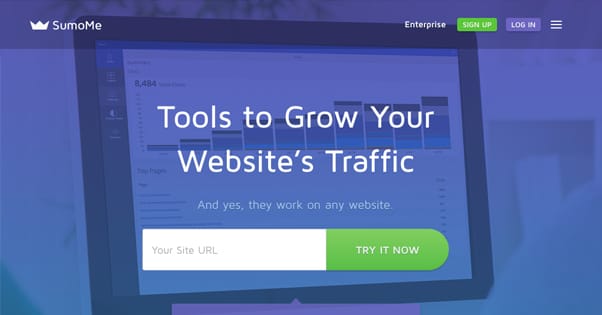

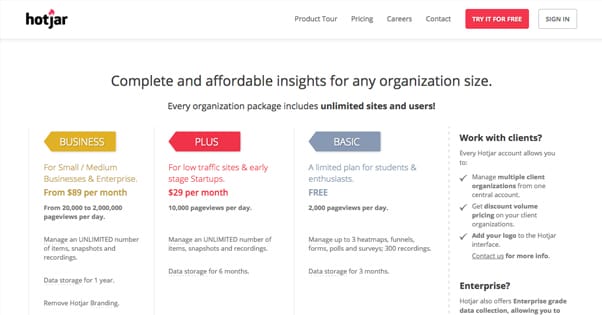
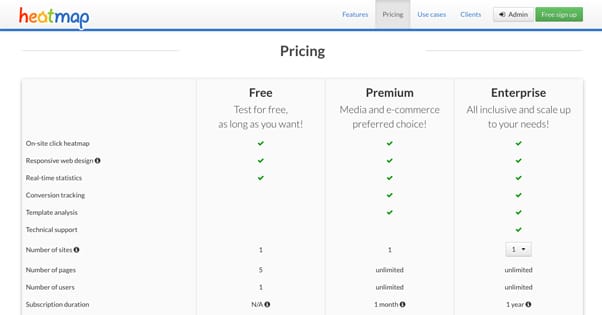
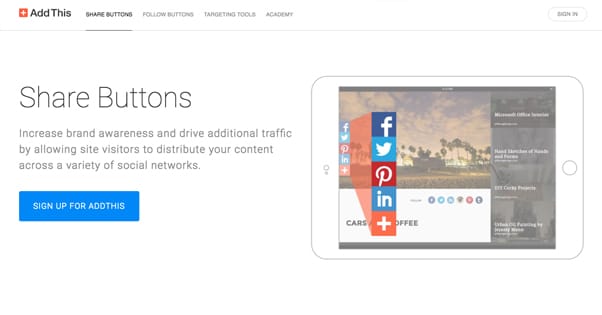
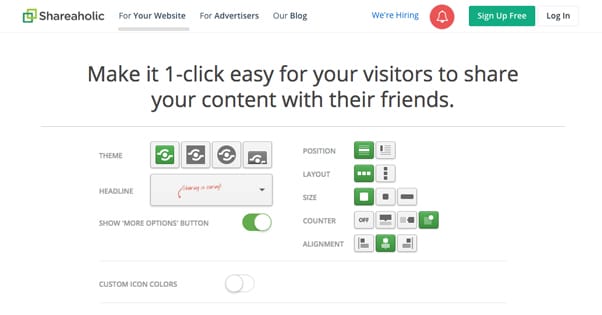
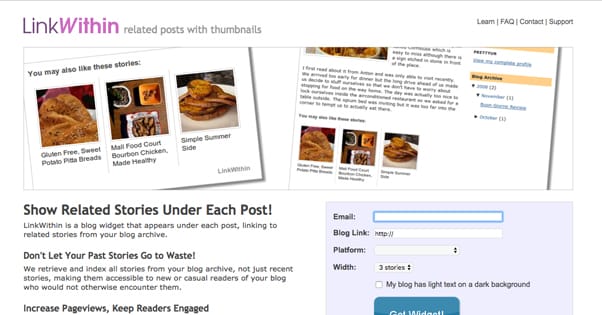

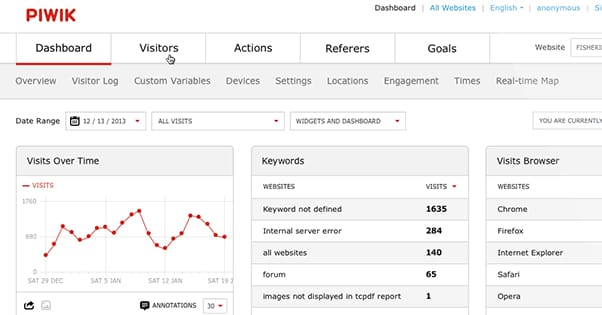

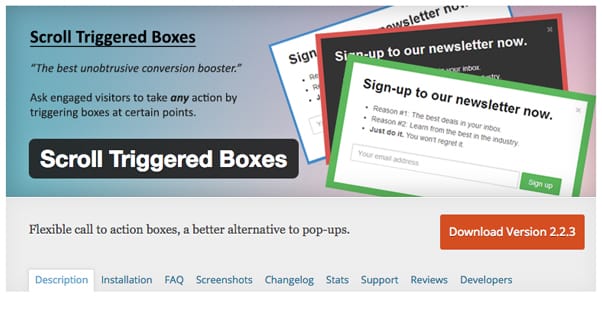
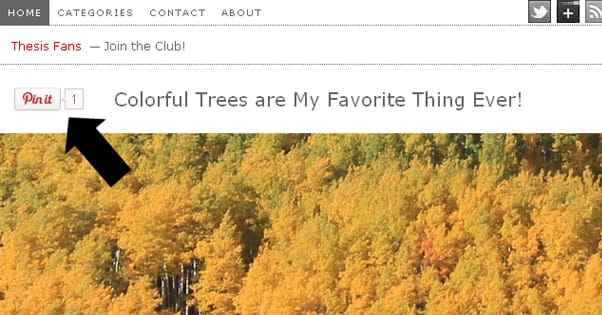
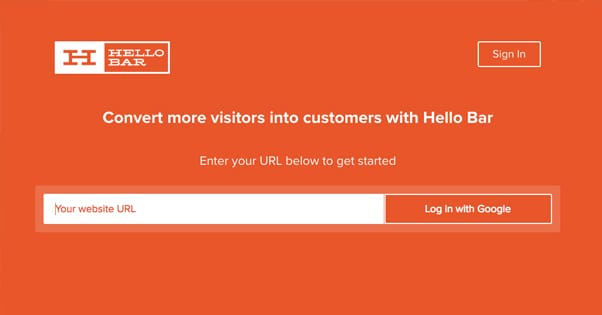
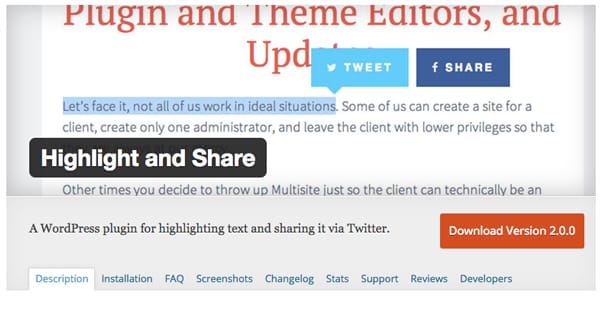
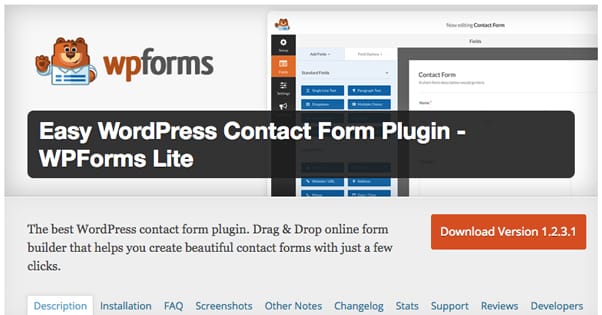





Great Article buddy !!
This will definitely help me. Thanks